
These Surprising Differences Between ‘It’ 1990 and 2017 Will Leave You Shook

When it comes to horror novels, there is one name that avid horror fans know, and that is Stephen King. The famed author has written tons of best-selling horror novels making him one the finest in the industry. One of his most famous works was a novel entitled It which was actually released in 1986, and it basically focuses on an entity that has been trying to terrorize children by becoming their fears, and is hunting them by morphing into a clown who lives in the local sewer system.
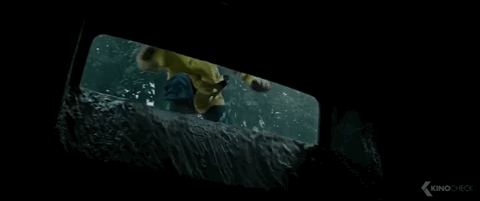
The novel became one of the best-selling books by King, and it even won the British Fantasy Award and World Fantasy Award back in 1987. Because of its success, it has already been adapted to a mini-series as well as a film over the years.
However, those who watched the mini-series, when it first came out in 1990, believe that it was way better than last year’s movie adaptation, that already has a sequel coming out next year. But before you head to the cinema to watch it, here are some major differences between the mini-series and the two-part film that you should know about.
Pennywise: Then vs. Now
Analysts, as well as some of the biggest fans of the novel, believe that there is a huge difference between how the Pennywise character is portrayed in the new film as compared to the original miniseries.
In the TV miniseries, Pennywise was shown as the Dancing Clown who had human-like characteristics despite being a sick monster who ate children. The character, played by Tim Curry, took his time to build the trap for children and waited patiently before going sinister. However, the film adaption of the horror classic has a much different take on Pennywise.
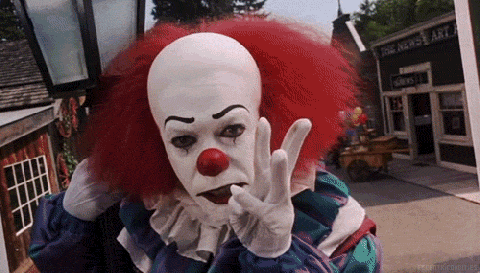
The Pennywise in the 2017 film, portrayed by Bill Skarsgard, had somewhat a different approach mainly because it was meant for an audience from a different generation. There was no build up when it comes to how Pennywise’s is tormenting the children. It was more of a jump-scare extravaganza that can mostly be seen coming from a mile away.
Of course, factors like bigger budget and advanced technology played a role in the character differences and many believe that Skarsgard’s portrayal of Pennywise actually looked way more sinister compared the miniseries adaptation.
Funny and Scary
Another difference between the two adaptations was said to be the underlying tone of the narration. A huge element of the story is obviously coming-of-age, with the miniseries putting more focus on the kids’ interaction with each other. However, experts believe that this producers could have used a bit more humor in this approach as a buildup to the scary parts.
A lot of fans often said that the kids in the film version were actually pretty funny and awkward, which is an accurate depiction of what coming-of-age is supposed to be like. The movie captures the children’s emotions perfectly when it comes to their interpersonal relationship rather than showing them terrified all the time.
Sewage Surprise
Analysts, as well as the fans, agree with the fact that the series as well as the film, both showed the iconic scene where children look down the sewage and see the face of Pennywise staring back at them. However, there is one key difference between the two adaptations. In the mini-series, it was shown that when the young boy in the iconic yellow coat actually looked down the sewage, he saw Pennywise looking back at him with a welcoming smile, as if urging the child to come with him.
In the movie adaptation, Pennywise looked more terrifying right away, so much so that any kid who would take one look at his face would run away as fast as possible. This is one of the main reasons why they believe that the film actually did the book some justice when it comes to this scene. It became so iconic and frightening at the same time, which is basically one of the reasons why the film was given a rated R.
More in Pop Culture
-
`
Tamagotchi: The Iconic 90’s Digital Pet that Has Everyone Excited
If you were born in the last millennium, you’ve probably heard about Tamagotchis – and maybe even owned one in your...
April 14, 2024 -
`
These Debut Albums Are Celebrating Their 10th Year Anniversary
What most people don’t realize is that it has been a decade now since 2008, and it seems just like yesterday....
April 14, 2024 -
`
We Are Not Trolling Around! Troll Dolls Are the Best Gift for 90’s Kids
There’s something about Troll dolls that enticed young kids from the 1990s – this strange-looking toy was generally not cute as...
April 14, 2024 -
`
Why Led Zeppelin Won’t Reunite
Back in the 1960’s, Led Zeppelin recorded their first album and after 8 albums and 12 years, the death of John Bonham –...
April 14, 2024 -
`
Feel the Vibrations with Mr. Excitement: Jackie Wilson’s Last Top Tenner Hits
A stalwart in the music genre of soul and R&B, Jack Leroy Wilson, more popularly known as Jackie Wilson, was an...
April 11, 2024 -
`
Things About Michael Jackson Only True Fans Know
Most Awarded Artist There are many people who don’t that Michael Jackson is the most awarded artist of all time. No...
April 11, 2024 -
`
Did You Know That Shrek is 20 Years Old? – How Time Flies!
It’s 2001 and the telly plays trailer after trailer of a new Disney animated movie. Now this movie isn’t anything like...
April 11, 2024 -
`
TV Series That You Didn’t Know Were Based on Comics
When we hear about comic book stories, the first thing that comes to mind is the image of a largely built...
April 11, 2024 -
`
Timeless Retro Games That Should Have Made It to PlayStation Classic
Sony joined the bandwagon of bringing the dead back to life after it recently announced its PlayStation Classic, a small-sized reincarnation...
April 11, 2024

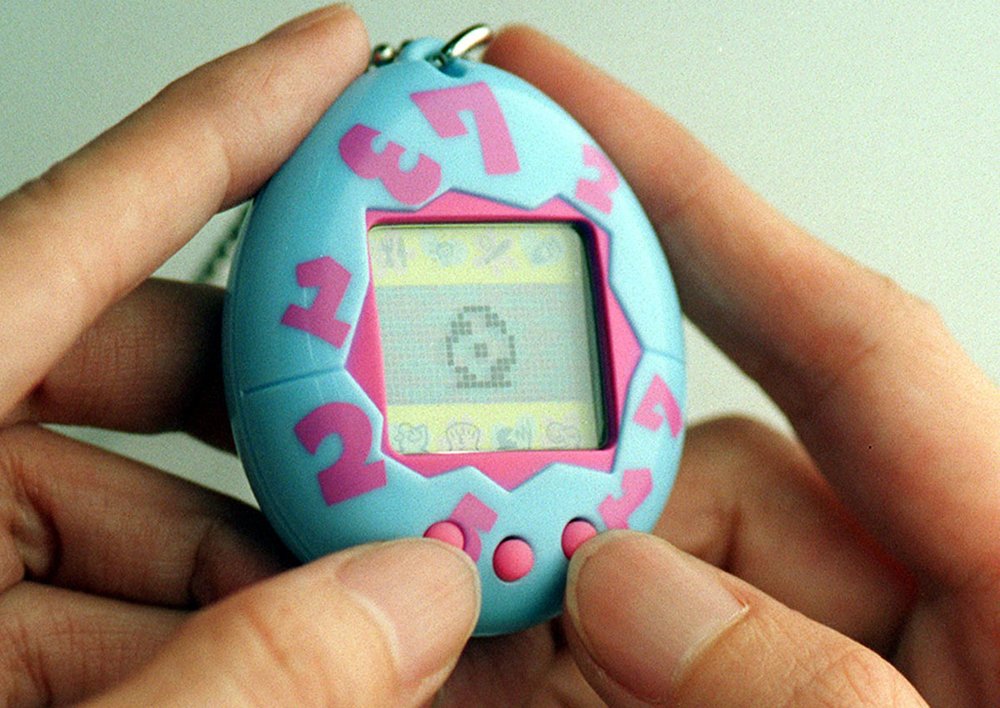

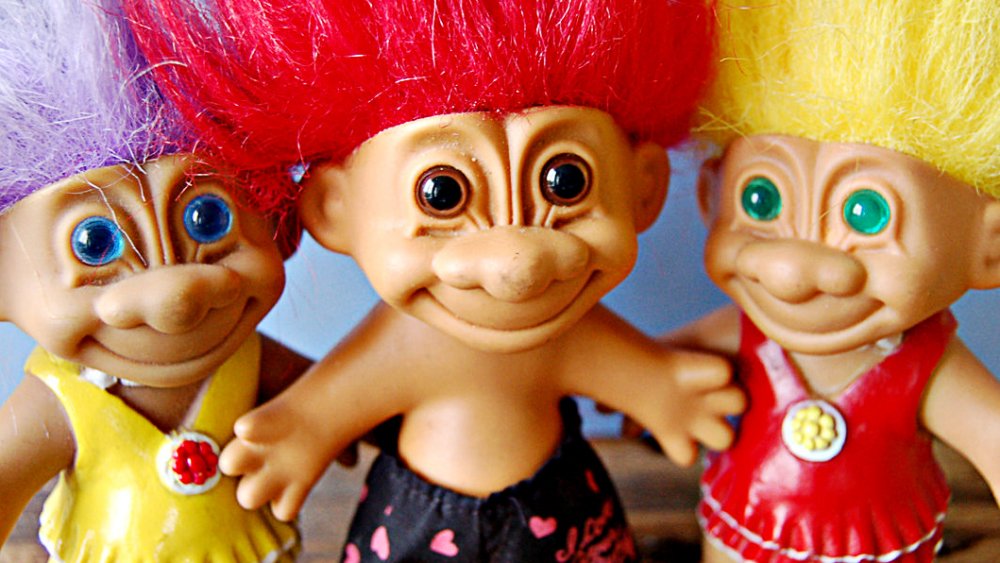
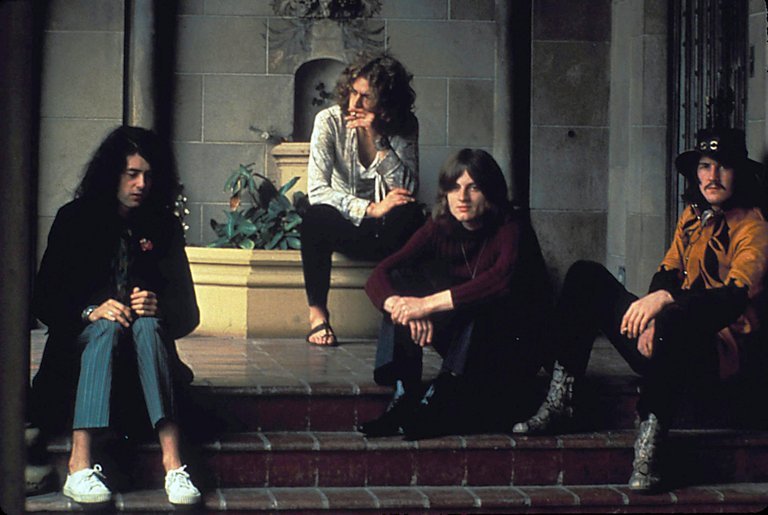


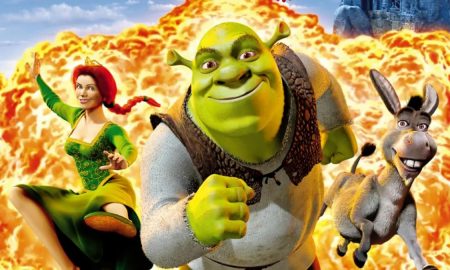

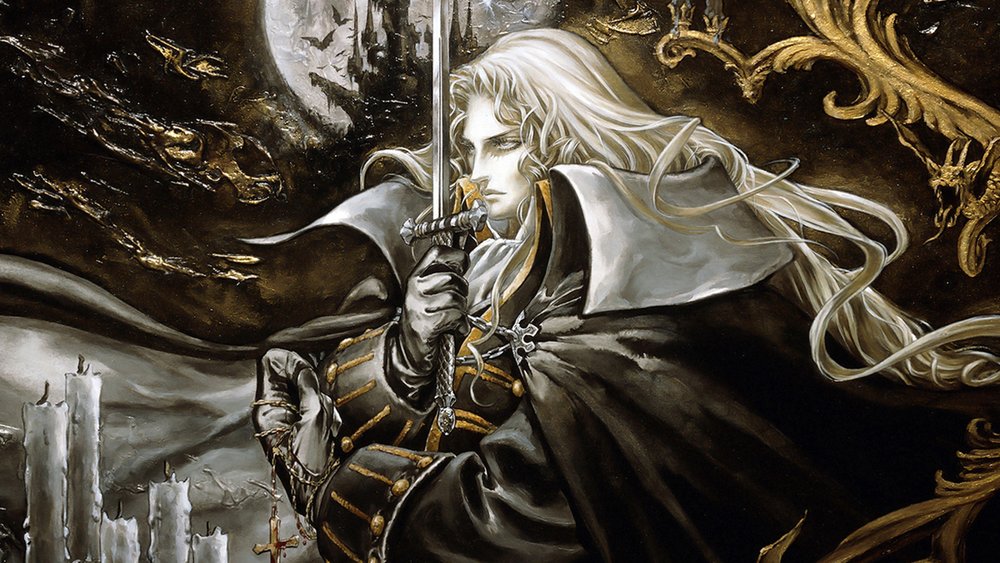
You must be logged in to post a comment Login